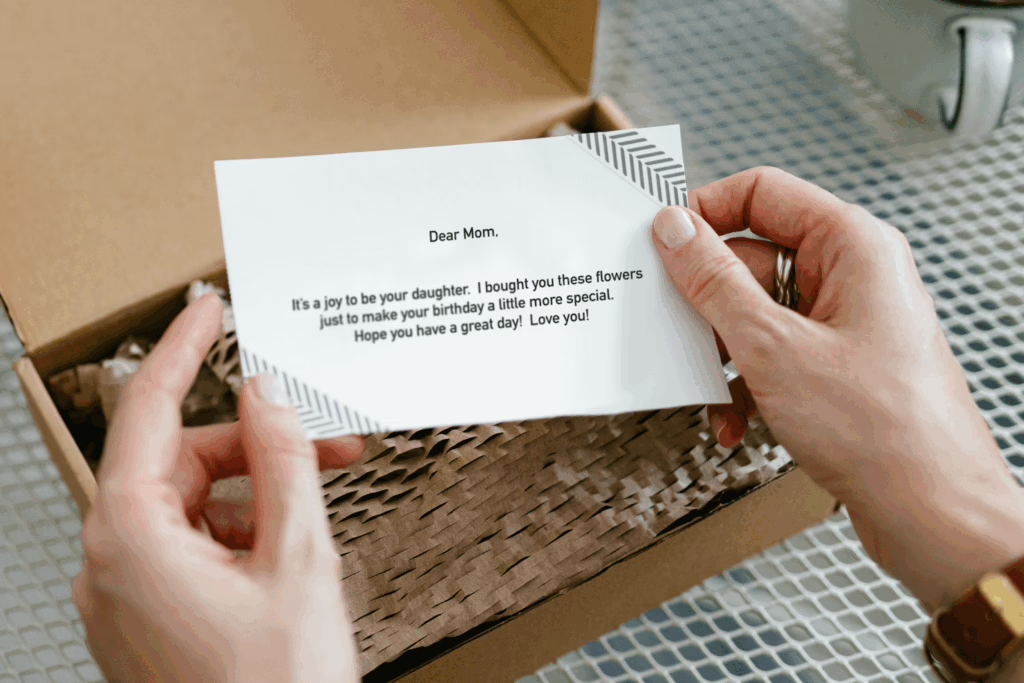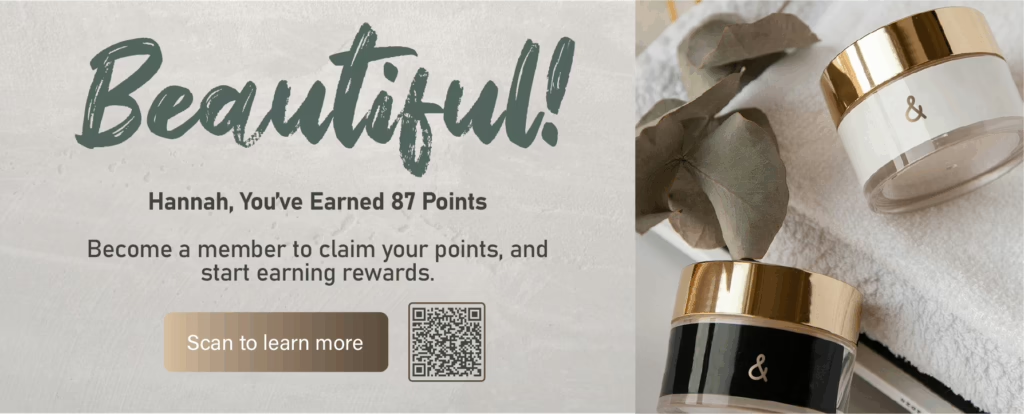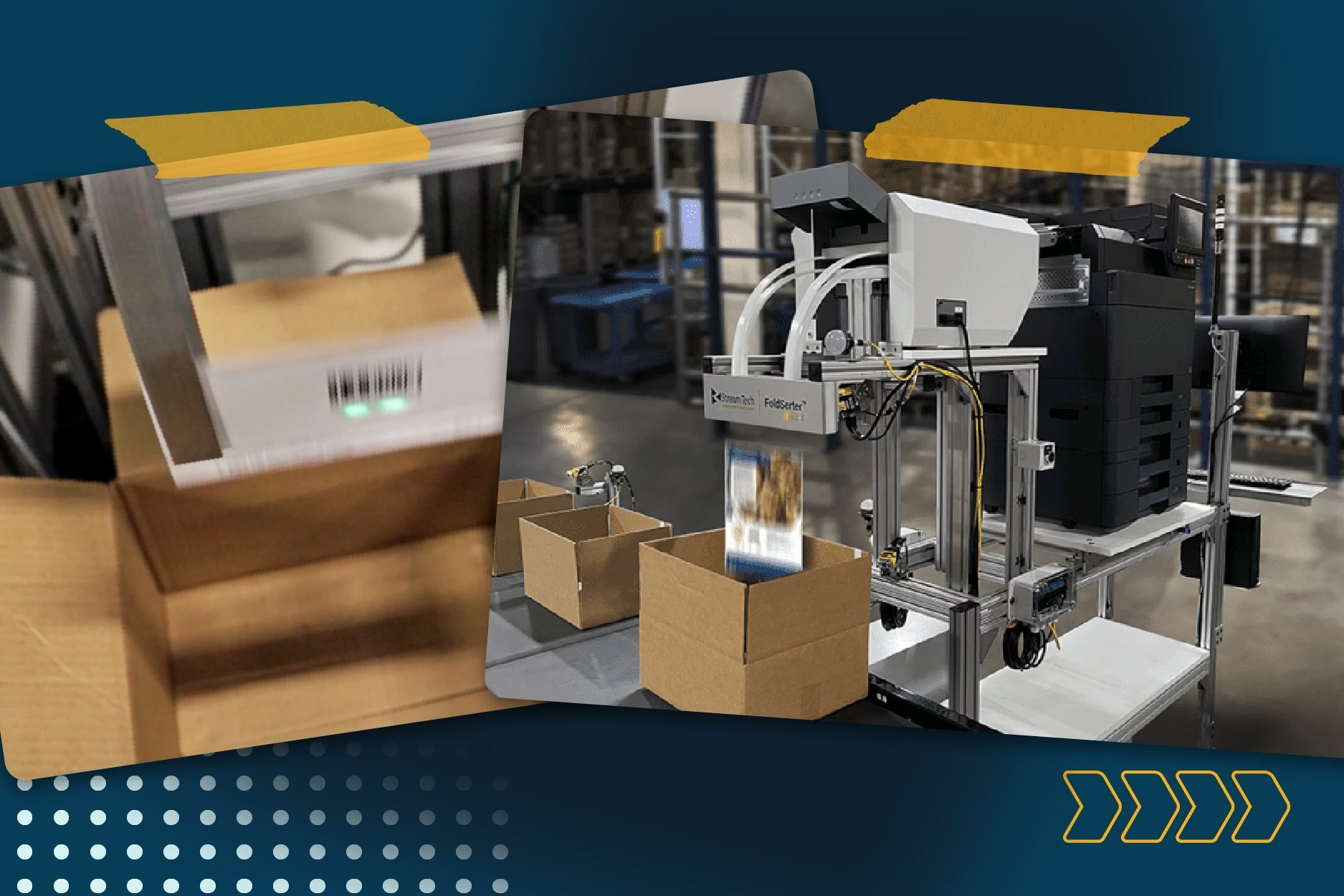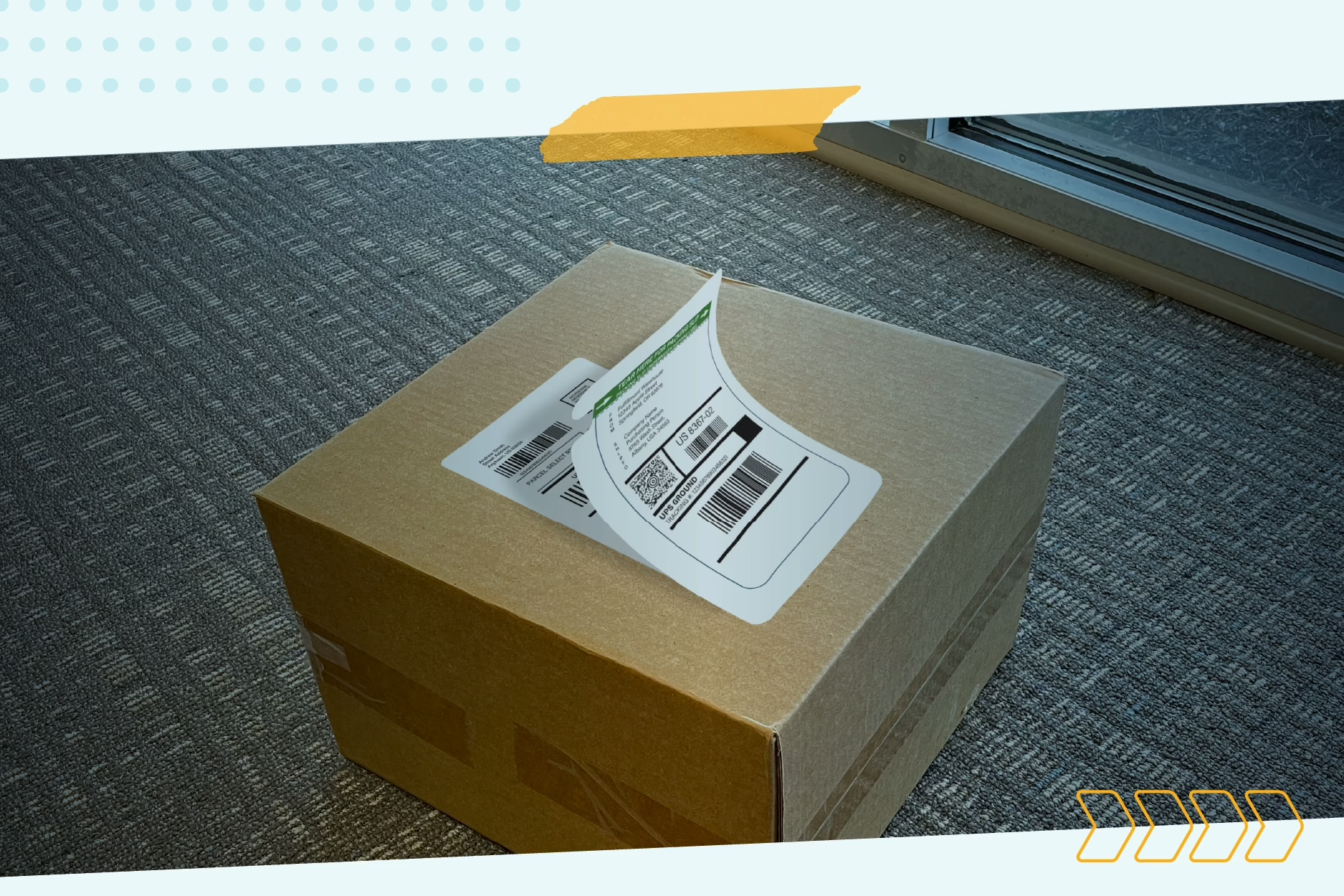Estimated reading time: 9 minutes
In today’s rapidly evolving e-commerce landscape, custom order fulfillment is no longer an emerging trend—they’re a necessity. Consumers crave interactions that feel personal, unique, and intimately aligned with their preferences. From the products on their screens, to the pack slips that are carefully placed in their orders, there’s a growing expectation that businesses should “know” their customers.
To build personal relationships with your customers, you must customize each step of the buyer’s journey. It’s not just about getting a package from point A to point B; it’s about showing your customers that you understand them—curated product recommendations, finely-tuned marketing messages, and a custom order fulfillment process.
What is a “Personalized Order Experience”?
Personalization of the order experience involves both the e-commerce shopping process, as well as the delivery, packaging and unboxing experience physically.
Online shopping does not happen in a data-less vacuum. Today, the e-commerce experience is tailored specifically to the customer, whether by their browsing cache, or by the information they provide willingly through a membership account – their age, purchase history, product “likes”, and more. All these elements allow an e-commerce company to build a profile around each customer. Using this data, companies can recommend products, sizes, colors, styles and flavors that line up well with what each customer will like.
By considering a customer’s past purchase history, retailers can make product recommendations, create personalized marketing materials, deliver during customer-preferred times and much more. By showing your customers that they are valued and understood, this type of personalization can lead to increased loyalty, larger order sizes, more frequent orders, and more word of mouth promotion.
Personalization in the Order Fulfillment Process:
By leveraging subscription box packing software, warehouse technology, and data, businesses can carefully curate the fulfillment process and unboxing experience for each customer. In this section, we’ll explore the specific methods used to achieve this personal touch along with examples of each method in practice.

Branded Packaging
Designing unique and attractive packaging that carries your brand’s logo, colors, and messaging can leave a lasting impression on customers. Right-size packaging machinery can be leveraged for efficient and cost-effective branding. These machines, including case, tray, or random carton erectors, are equipped with color inkjet technology to seamlessly print visual elements on the box.
Scenario: “Bean Brews” Online Coffee Shop
Carlos loves trying new coffee blends. This month, he orders from “Bean Brews” for the first time and is surprised when his monthly coffee order arrives in a beautifully designed box. The box is personalized with his name and “Carlos’s Exclusive Brew Selection”.
Each coffee bag inside is wrapped and labeled with details about the blend, making Carlos feel like he’s received a custom package just for him. This personal touch makes Carlos a fan of “Bean Brews” – he’s not just likely to order again, but he’s also going to tell his friends about this unique unboxing experience.
“Handwritten” Notes
Including a note from the team who fulfills the products is a subtle yet powerful way to enhance the customer experience. These can even be styled to look like a handwritten font. It transforms a standard transaction into a personalized shopping experience, building a connection between the brand and the customer. These can be automated via a thermal printer, or a full page document insert system – even with color.
- Thank You Notes: A simple message expressing gratitude for the customer’s purchase. It can be generic or tailored to the individual, mentioning specific products bought or occasions celebrated.
- Custom Recommendations: These notes can suggest additional products that complement the customer’s purchase, based on their buying patterns or preferences.
- Special Occasions: Recognizing and celebrating a customer’s milestones, like birthdays or anniversaries, with special offers or messages.
Scenario: “Vital Fit” Supplement Company
Deshaun orders protein powder and a pre-workout supplement from “Vital Fit” online. When he receives his order, there’s a note that looks handwritten, from the warehouse team member who fulfilled the order, making the message feel personal. It thanks Deshaun for his order and suggests he follow “@VitalFitChampions” on Instagram for workout tips. He scans the QR code on the note, lands on the Instagram page, and finds a host of useful workout content. The personal touch in the note makes Deshaun feel valued and more connected to the Vital Fit brand.

Gift Message Inserts
When a customer selects a product to purchase as a gift, they may have the option during the online checkout process to add a personalized message. This could be a congratulatory note, birthday wishes, anniversary sentiments, or any other customized content that adds a personal touch to the gift.
Document automation systems can streamline the inclusion of personalized messages in the custom order fulfillment process, ensuring they are added accurately and efficiently. These messages can be printed in various formats, including full-page, color, or thermal printed, to fit different presentation preferences and budgets.
Scenario: “Blossom & Bloom” Online Flower Shop
Alice orders a bouquet from “Blossom & Bloom” for her mom’s birthday and sees an option to include a personal note. She writes a heartfelt message, which the company prints on an elegant card, thanks to their automated system. When the flowers arrive, her mom finds the card among the blooms, making the gift extra special. The personalized touch enhances the experience for both Alice and her mom, making them more likely to choose “Blossom & Bloom” for future flower deliveries.

Loyalty Program & Rewards
Enterprise software platforms will have the ability to track customer profiles and tie into customer loyalty programs. These types of points programs are becoming very common – but not every retailer has incorporated them into the final order fulfillment process.
Incorporating loyalty programs directly into product packaging is a strategic move for businesses to promote engagement and encourage repeat purchases. This approach integrates reminders of the rewards and benefits customers gain by staying loyal to a brand.
- Labels and QR Codes: These can be affixed to the packaging, leading customers directly to their loyalty account where they can view accumulated points, redeem rewards, or explore exclusive offers.
- Exclusive Access Notifications: The parcel can also include inserts about exclusive access events or products available only to loyalty program members. This not only adds value but fosters a sense of exclusivity and privilege.
Scenario: “Glam Glow” Beauty & Skincare Store
Hannah, a loyal customer of “Glam Glow,” orders her usual skincare products. When her package arrives, she finds a personalized card thanking her for being a part of the “Glowing Star” loyalty program. Inside the box, there’s also a small card showing the loyalty stars she earned from this purchase and her total star count, along with a QR code for easy access to her loyalty account. To her delight, there’s an exclusive sample of a new product included, just for loyalty members like her. These personalized touches make Hannah feel valued and deepen her connection to “Glam Glow.”
Product Information Inserts
These types of inserts can enhance the customer experience by providing valuable information, tips, and stories directly within the product packaging. These inserts not only educate the customer, but also build a deeper connection between them and the brand.
- Product Usage Tips: These are tailored instructions or tips to help customers make the most out of their purchases. It might include creative ways to use the product, tips for maintenance, or suggestions for optimal use to ensure durability and performance.
- Care Instructions: Specific guidelines on how to care for the product, enhancing its lifespan and maintaining quality. Especially important for clothing, accessories, and items that require maintenance.
- Brand Stories: Sharing the brand’s journey, values, or the inspiration behind specific products. This can create an emotional connection and offer customers insights into the brand’s ethos and uniqueness.
Scenario: “Urban Tannery” Leather Goods
Ravi purchases a premium leather wallet online. When they receive their order, inside the packaging, along with the wallet, is a beautifully designed insert. It offers tips on caring for the leather to maintain its finish and durability. There’s also a section that shares the story of how the “Urban Tannery” wallets are handcrafted by artisans using traditional methods.
Ravi appreciates these extra touches. The care tips are helpful, and learning about the brand’s craftsmanship and values gives them a deeper appreciation for their purchase. It’s not just a wallet; it’s a product with a story, and Ravi feels more connected to the brand.
Personalized Delivery Windows
Personalized Delivery Windows are becoming an integral aspect of the e-commerce fulfillment process, especially for subscription-based services. By utilizing an advanced Transportation Management System (TMS) software and integrating it with customer data, businesses can offer their subscribers the flexibility to choose their preferred day of the week for deliveries. This personalization caters to the customer’s convenience, enhancing satisfaction and loyalty.
Scenario: “Fresh Fare” A Gourmet Meal Kit Delivery Service
Jordan subscribes to “Fresh Fare” for weekly meal kit deliveries. He chooses Friday evenings for delivery, thanks to the service’s option for personalized delivery windows. “Fresh Fare” uses a special system to make sure each package arrives exactly when the customer prefers. One week, a work commitment pops up for Jordan, so he quickly switches the delivery to Saturday morning using the “Fresh Fare” app. The package arrives right on time. This flexibility and customization make Jordan an even bigger fan of “Fresh Fare.”
Conclusion
With the e-commerce space getting more and more crowded by the minute, adding a personal touch to each order is key. Custom order fulfillment can enhance the overall buying journey from the first click to the final unboxing. It fosters deeper connections, leading to increased loyalty, more frequent business, and a notable rise in customer retention.
The big takeaway? Personalization isn’t just a passing phase, it’s the golden ticket to stay ahead in the game – and adding these touches does not have to cripple your fulfillment team. With automated technologies, personalization can be built into your operation.


